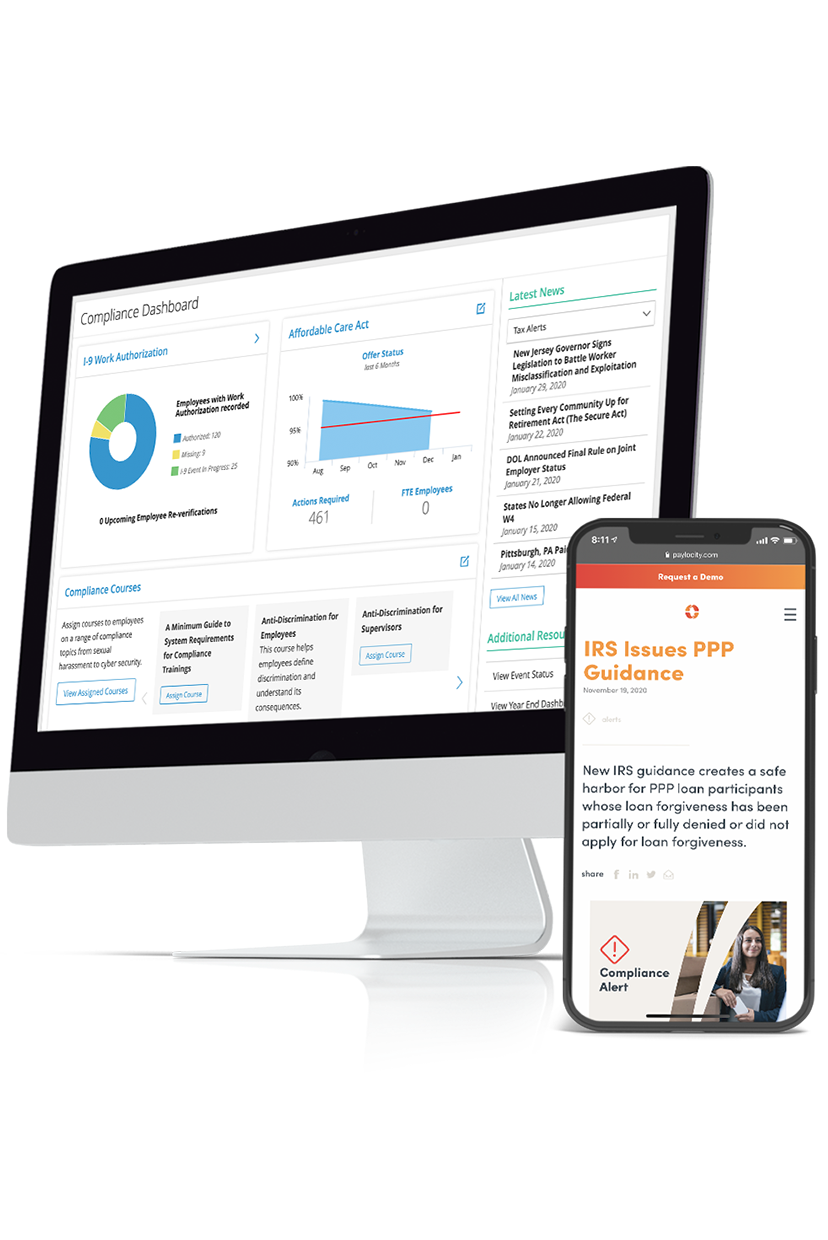resources
2022 EEO-1 Filing Dates Announced
September 06, 2023

At A Glance
- The EEOC will begin collection of EEO-1 reports for 2022 from October 31, 2023 until December 5, 2023. The failure to file deadline, which is the last date the EEOC will accept returns, is January 9, 2024.
- Private Sector Employers with 100 or more employees and Federal Contractors with 50 or more employees meeting certain criteria, are required to file.
- The EEOC will not be collecting EEO-1 Component 2 Pay data reports.
- Additional information is available in the Instruction Booklet and on the agency website.
2022 EEO-1 Report Filing Period
The U.S. Equal Employment Opportunity Commission (EEOC) announced that the 2022 EEO-1 Component 1 data collection will open October 31, 2023. The deadline for submitting the EEO-1 Component 1 data is December 5, 2023.
Note, filing after the December 5, 2023 deadline may result in a “Notice of Failure to File” letter from the EEOC. No reports will be accepted after January 9, 2024.
Who Must File an EEO-1 Report?
All employers in the private sector with 100 or more employees and federal contractors or subcontractors with 50 or more employees or $50,000 or more in federal contracts must file the EEO-1 report each year. Filers should begin preparing to submit data in anticipation of the opening of the data collection period.
EEO-1 Component 1 filers can access agency resources, including the 2022 EEO-1 Component 1 Instruction Booklet by visiting the EEO-1 Home.
2022 EEO-1 Reporting Updates
Beginning in 2022, eligible federal contractors must use their Unique Entity ID (UEI) created in SAM.gov for the 2022 EEO-1 Component 1. Employers should no longer provide the DUNS number. This applies to both single and multi-establishment employers. See the agency provided Instruction Booklet for more information.
What is the EEO-1 Filing Process?
Covered employers are required to provide data about their workforce, including race, ethnicity, sex, and job category. This information should be collected from a “snapshot period,” or payroll period, in the 4th quarter of 2022.
The preferred method of collecting this information is through voluntary self-identification. If an employee chooses not to answer, an employer can make a selection by observer identification or through reviewing employment records.
The EEO-1 currently only provides binary options for reporting employee counts by sex, job category, and race or ethnicity. Employers may voluntarily choose to report demographic data for non-binary employees by sex, job category, and race or ethnicity in the comments section of the report. Employers that voluntarily report non-binary employees in the comments section should not assign the employees to the male or female categories or any other categories within the report. See the agency provided Instruction Booklet for more information.
The preferred and most efficient method of submitting EEO-1 Component 1 Reports is through the EEO-1 Component 1 Online Filing System or as an electronically transmitted data file (TXT or CSV) via a data file upload.
There are several reports available in HR & Payroll to aid you in this process, including the EEO Detail report, the EEO Headcount report, and the EEO-1 Report File in CSV format.
The EEOC will not be collecting EEO-1 component 2 pay data reports.
Additional Resources
EEO filers can visit the EEOC website for more information and resources regarding updates on the data collection. The EEOC Filer Support Team will also be available to respond to filer inquiries and to provide additional filling assistance.
Thank you for choosing Paylocity as your Payroll Tax and HCM partner. This information is provided as a courtesy, may change and is not intended as legal or tax guidance. Employers with questions or concerns outside the scope of a Payroll Service Provider are encouraged to seek the advice of a qualified CPA, Tax Attorney or Advisor.

Keep Up With Compliance
Between constantly changing employment laws and updates to the Affordable Care Act (ACA), keeping your workplace compliant can be a time-consuming and costly challenge. Eliminate the stress and stay up to date with our Compliance Dashboard. View compliance alerts and get a bird’s eye view of what you need to do to avoid fines and penalties.

